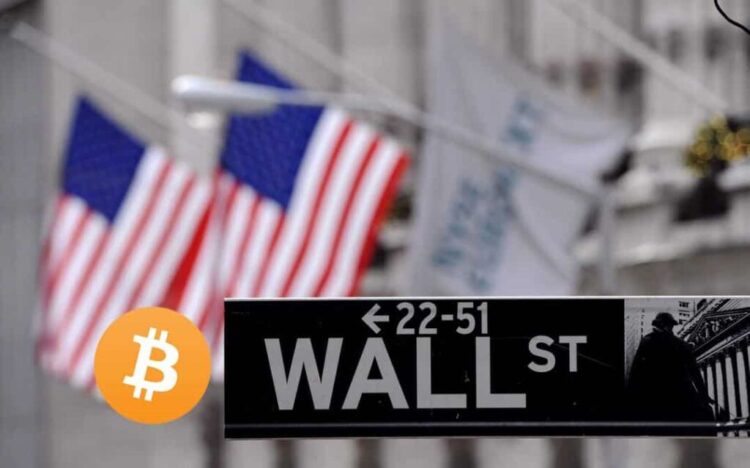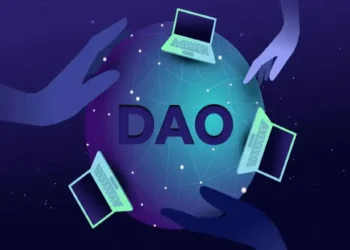For years, those of us building in digital markets have grown used to a certain response from traditional institutions. When digital assets were dismissed as a fad or dismissed as irrelevant, we rolled our eyes and kept working. Custody was strengthened, liquidity improved, and risk management tools matured, even while scepticism from the old guard persisted.
That scepticism has now given way to something much more substantial. The largest banks, custodians, and asset managers are no longer debating the relevance of digital assets. They are investing in them, integrating them, and in some cases redesigning their infrastructure around them. This progression, from dismissal to interest, to engagement, and now to investment, is not only a milestone for the sector but a turning point for global finance itself.
Take State Street, which became the first outside custodian to launch on JP Morgan’s Digital Debt Service this summer. It also acted as anchor investor in a blockchain-based commercial paper transaction, with the promise of faster settlement, automation through smart contracts, and on-chain custody. This is not a proof of concept. It is a live service aimed at reshaping short-term debt markets.
JP Morgan has also expanded its Kinexys business well beyond test cases. In London, it has issued sterling blockchain deposit accounts with the London Stock Exchange Group and commodities house Trafigura. It has built cross-border, round-the-clock payments with foreign exchange embedded, and extended these capabilities across the Middle East in partnership with leading local banks. These are practical services for corporates and financial institutions, designed to operate at market speed rather than banking-hours speed.
In India, Axis Bank and JP Morgan have enabled real-time US dollar payments for commercial clients using the Kinexys platform. For treasurers managing cash across time zones, this removes one of the most persistent barriers to efficiency: cut-off times and liquidity costs. The result is not theoretical innovation but a measurable change in how capital can move.
On the asset management side, BlackRock has passed the one billion dollar mark with its tokenised USD Institutional Digital Liquidity Fund. The fund pays daily dividends on-chain, has been integrated as collateral on trading platforms, and continues to expand across blockchains. For the world’s largest asset manager to achieve scale in tokenised funds confirms what many suspected: tokenisation is not an experiment but an inevitable shift in market structure.
Other household names are moving quickly. Fidelity has tested a stablecoin and filed for a tokenised money market fund. US Bancorp has revived bitcoin custody services for institutions after regulatory barriers eased. Citi has explored a stablecoin of its own and partnered with SDX to bring tokenised late-stage private equity into regulated digital infrastructure. Each of these steps reflects the same direction of travel: established institutions treating digital assets as integral to their future operating models.
For the industry, the implications are far-reaching. First, credibility. When State Street, JP Morgan, BlackRock, and Citi put capital and infrastructure behind these technologies, it signals that digital assets are here to stay. That validation matters not just to investors but also to regulators, policymakers, and counterparties who were once hesitant to engage.
Second, competition. As tokenised deposits, stablecoins, and funds become more widely available, the range of products and services accessible to clients will expand dramatically. This will force both incumbents and fintechs to deliver better pricing, faster settlement, and stronger controls. The net result should be a more efficient market.
Third, risk management. The use of smart contracts, delivery-versus-payment settlement, and real-time liquidity monitoring could reduce many of the operational inefficiencies that contribute to counterparty risk. In volatile conditions, the ability to move collateral instantly and settle transactions atomically will provide new levels of resilience.
There are challenges, of course. Questions remain about interoperability, regulatory fragmentation, and how systemic risk will be monitored in a tokenised environment. Yet the direction of travel is clear. The largest financial institutions are no longer asking whether digital assets belong in their ecosystem. They are competing to define the standards on which the system will run.
For me, as the CEO of INFINOX, this shift is both professional and personal. It validates years spent building in a space that was once dismissed as speculative. It also raises the bar for firms like ours. If the most established players in finance are now operating on digital rails, then innovation is no longer optional; it is the cost of doing business. That is both the challenge and the opportunity.
So yes, there is a touch of the long-awaited eye roll: finally, they get it. But more importantly, there is a recognition that the financial system is entering a new phase. Digital assets are not a side story. They are becoming central to how value is stored,
transferred, and traded. For the industry, this is a moment of convergence. For those of us who have been building all along, it is a moment of renewed purpose.
Lee Holmes is the Chief Executive Officer of INFINOX, having assumed the role in 2025 after joining the executive leadership team in 2024. With over 15 years of experience in the FX and CFD trading industry, Holmes has held prominent roles across institutional sales and liquidity management.
Disclaimer
This is a press release. The information provided in this article is for informational purposes only and does not constitute financial advice. DeFi Planet does not endorse or recommend any specific investment decisions and reminds readers to conduct their own research and due diligence before taking any financial actions. DeFi Planet is not responsible, directly or indirectly, for any damage or loss caused or alleged to be caused by or in connection with the use of or reliance on any content, goods or services mentioned in the press release.
If you want to read more articles like this, visit DeFi Planet and follow us on Twitter, LinkedIn, Facebook, Instagram, and CoinMarketCap Community.
“Take control of your crypto portfolio with MARKETS PRO, DeFi Planet’s suite of analytics tools.”





















